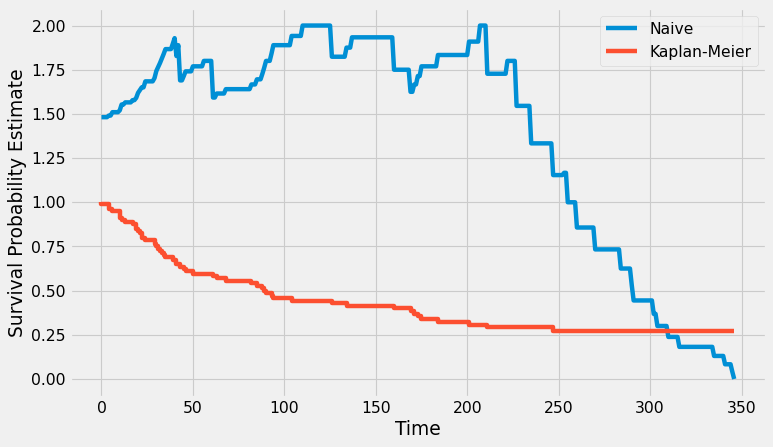No study in health care is without statistical analysis. This article aims to introduce clinicians to the essence and basic principles of survival analysis. It is one of the most used statistical data analysis methods in clinical and experimental medicine.
It is also often used in developing economic models in health care. If you want more information about health economic modelling visit this site.
Survival analysis – what is it

Survival analysis is a section of statistics that deals with calculating the length of time until the occurrence of the event under study. In health care, an “event” is defined as:
- death of a person due to a specific disease process;
- failure of a mechanical device (e.g., an artificial heart valve);
- recurrence of a disease, etc.
The same statistical tools are used in other fields but under different names. For example, in engineering, they are called reliability analysis, in economics, they are called duration analysis, in sociology, they are called event history analysis.
As for health care, the term “survivability” was borrowed from the lexicon of insurance companies. They began using similar statistical calculations even earlier to assess the potential risk of death and related risks in life insurance for clients.
What survival analysis is used for

In health care, statistical tools provide answers to questions related to life expectancy and predict the results of clinical trials. For example, a survival model is used if researchers are interested in the questions:
- how long a person will live under certain conditions;
- how this rate will change when one or more variables change;
- which variables influence life expectancy the most (e.g., unhealthy habits, genetics, healthy eating, etc.).
During clinical trials, the same tool allows you to calculate how a particular treatment affects the survival rate of people of different age groups with a particular diagnosis. For example:
- the time from initiation of medication or surgery to death;
- time from infection with a virus to disease progression;
- time from the start of cancer treatment to recurrence, etc.
But that’s not all. Survival analysis is also used to compare the treatment outcomes of two or more subject groups. These may be groups for which different treatment protocols were used, including the group on which the placebo effect was tested.
Survival Analysis – Key Terminology
When using this statistical tool, the terminology used is:
- “Event.” The “event” refers to the outcome of the experiment of interest to the researchers – death, onset of the first symptoms of the disease, relapse, or complete recovery.
- “Time.” This can be the period from the beginning of an action (taking a medication, beginning treatment according to a particular protocol, or surgery) to the event or the end of the experiment.
- “Censored”. During the study period, not all subjects may encounter the event being studied, meaning that their survival time is longer than their observation time. Such subjects are “censored.” This tool calculates the survival time of subjects for whom the event of interest has not yet occurred.
- “Survivor function” is S(t), which can be used to calculate the probability that the event under study will not happen to the subject in a given period.
Statistical Tools in Survival Analysis

There are several types of statistical tools for modelling survival. Which one to use depends on the purpose of the study and the data the researchers have:
Survival time calculations for subjects from the subject group:
- mortality tables;
- Kaplan-Meier estimation;
- survival function;
- failure rate.
Comparison of survival times of subjects from different study groups – log-rank test
Calculation of the effect of variables on survival time:
- proportional hazards models;
- regression analysis;
- tree-structured survival models;
- survival in random forests.
Today, such analyses are not only used during clinical trials of new drugs and procedures. In addition, survivorship modelling allows one to make the right decision during litigation, health insurance, and health care budget allocation.
Modern solutions for simple survival analysis

Today, you can order a survival model from a consulting company specializing in health care.
When you might need this data:
- during clinical and laboratory studies to evaluate years of lives lost and the effectiveness and safety of a new drug or equipment;
- during research on the viability of medical treatments and devices;
- during litigation to prove or disprove medical error and determine the amount of damages;
- In calculating health care premiums;
- in the allocation of the health care budget, etc.
Survival models are developed by statisticians and software specialists for medical professionals and scientists. Modern digital tools make it possible not only to obtain statistical calculations taking into account as many variables as possible but also to show them visually with charts and graphs, as well as to compare data for different study groups.


